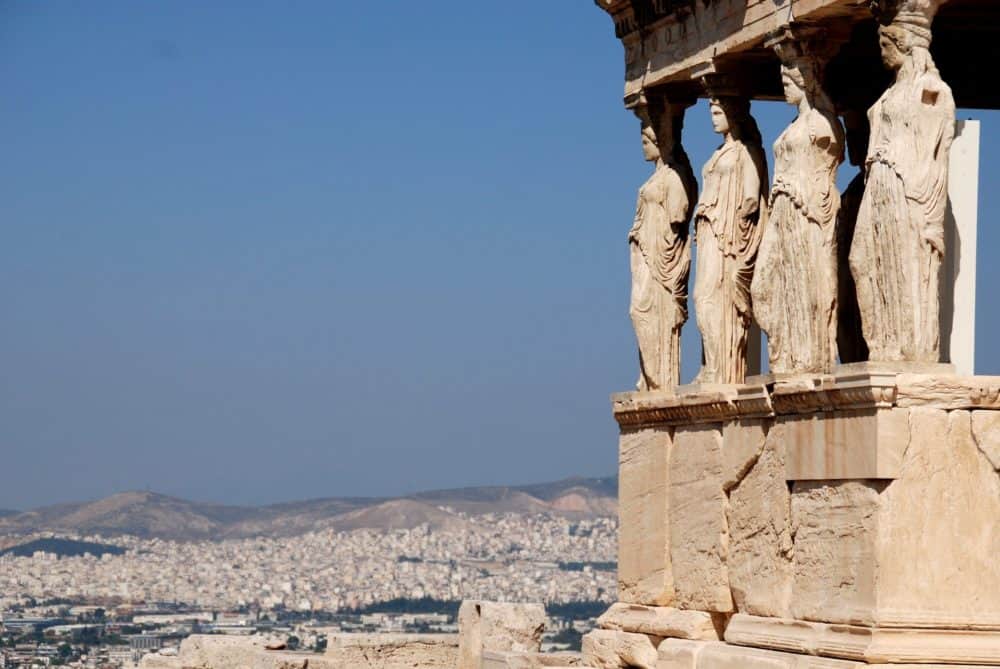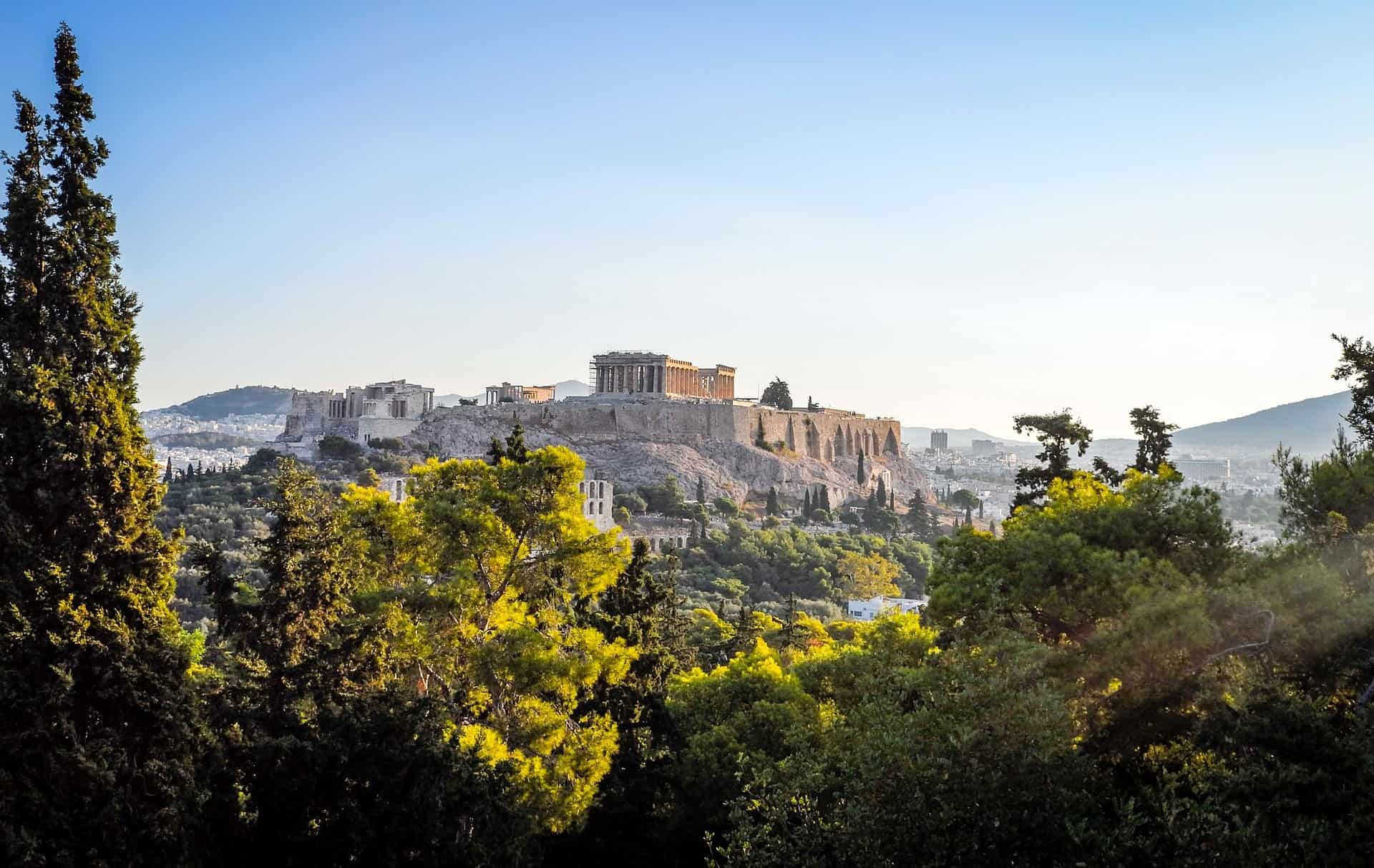
How gay was ancient Greece? The best LGBT+ history monuments
Discover some of the gay highlights of ancient Greek culture.
The ancient Greeks were pretty gay. As well as building the Parthenon, defeating the Persians and inventing democracy, they were partial to a bit of man-on-man action. Even after being conquered and occupied by Rome, Hellenistic teaching from Athens spread throughout the world. Hellenistic mythology and philosophy take a decidedly pro-gay approach to sexual relations.
You can visit some of the queerest monuments to same-sex relations in Greece, from the island of Lesbos to statues of the emperor Hadrian’s boyfriend.
The Island of Lesbos (Sappho’s Homeland)
Sappho, the celebrated lyric poet from the island of Lesbos, is one of the most prominent figures tied to female same-sex love in ancient history. Her poetry expressed deep emotional and romantic feelings for other women, and her name is the origin of the term "lesbian." While there’s no specific ancient monument dedicated to Sappho, visiting the island of Lesbos is a pilgrimage for many in the LGBT community. Sites around the town of Eressos, her birthplace, are of particular interest. Many lesbians visit the island each year to pay homage to Sapho.
The Sacred Band of Thebes Monument (Chaeronea)
The Sacred Band of Thebes was an elite military unit in Ancient Greece, consisting of 150 pairs of male lovers. The idea was that soldiers would fight more bravely alongside their partners. The Lion of Chaeronea stands as a monument to these warriors, and the site has great historical significance for LGBT history. You can see ancient depictions of the Sacred Band of Thebes on Greek pottery. As regular museum visitors will be aware, the ancient Greeks did have a bit of a thing for pots.
The Antinous Monuments (Delphi)
Roman Emperor Hadrian’s love for Antinous, a young Greek man, is one of the most famous same-sex relationships from antiquity. After Antinous tragically drowned in the Nile, Hadrian deified him and erected statues and monuments in his honor throughout the Roman Empire, including in Greece. The most notable site is Delphi, where a statue of Antinous was discovered at the sanctuary of Apollo, further emphasizing the mythological ties to male love.
Plato's Academy (Athens)
Plato, the famous philosopher, founded his academy in Athens. Plato’s works, particularly his Symposium, discuss the nature of love, including same-sex love. His philosophy of philia (friendship or love) between men has been interpreted by many scholars as a celebration of intellectual and emotional bonds that were also homoerotic in nature.
The Monuments of Sparta (Sparta, Greece)
While not as famous for specific monuments like Athens, Sparta’s warrior culture, as seen in the film 300, is connected to the idea of strong male bonds, which were sometimes interpreted as romantic. Spartan boys were trained in agoge, a rigorous military system, from a young age, and it was common for older men to mentor younger ones, forming deep, lifelong relationships.
While there's no singular monument specifically related to Spartan same-sex relationships, visiting Sparta today offers a glimpse into the environment that shaped these warriors. The Leonidas Monument in modern Sparta commemorates King Leonidas, who led the 300 Spartans at the Battle of Thermopylae, and the Archaeological Museum of Sparta showcases artifacts from the era that give insight into Spartan life and values.



